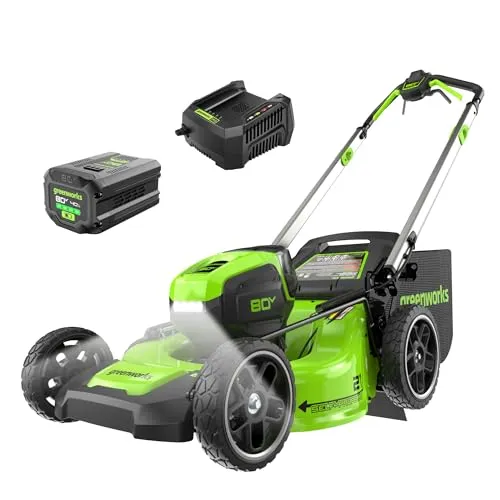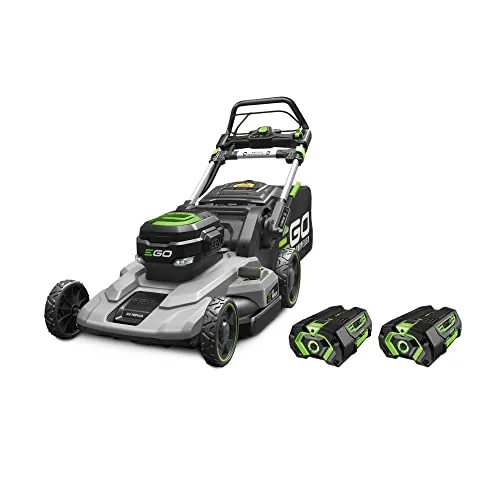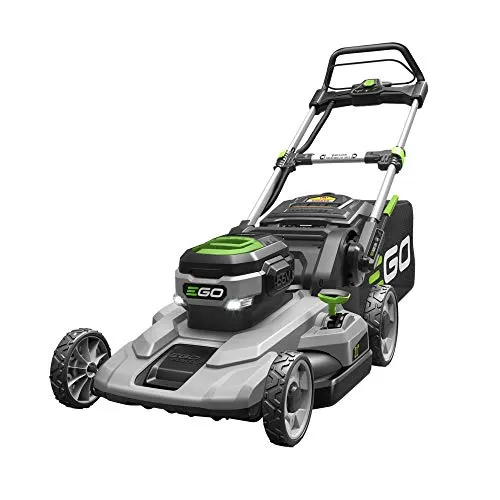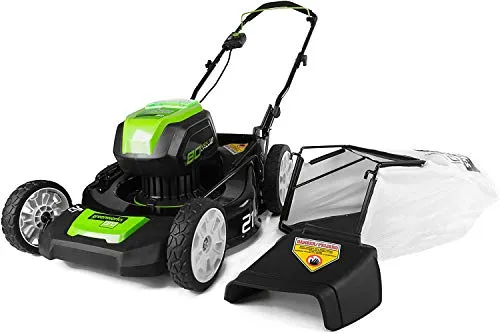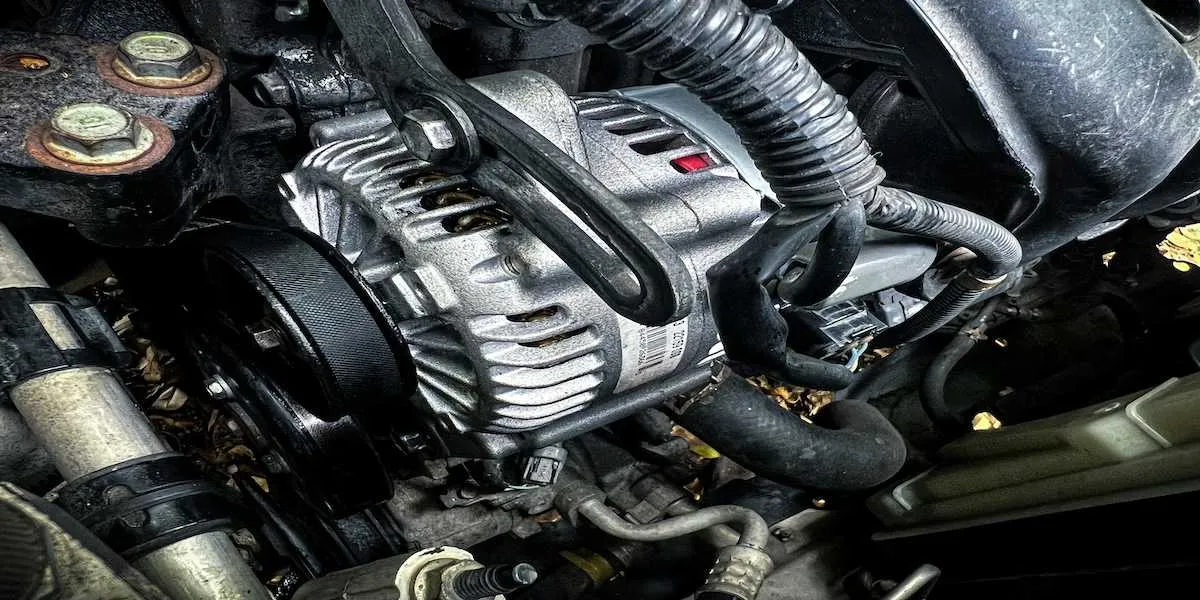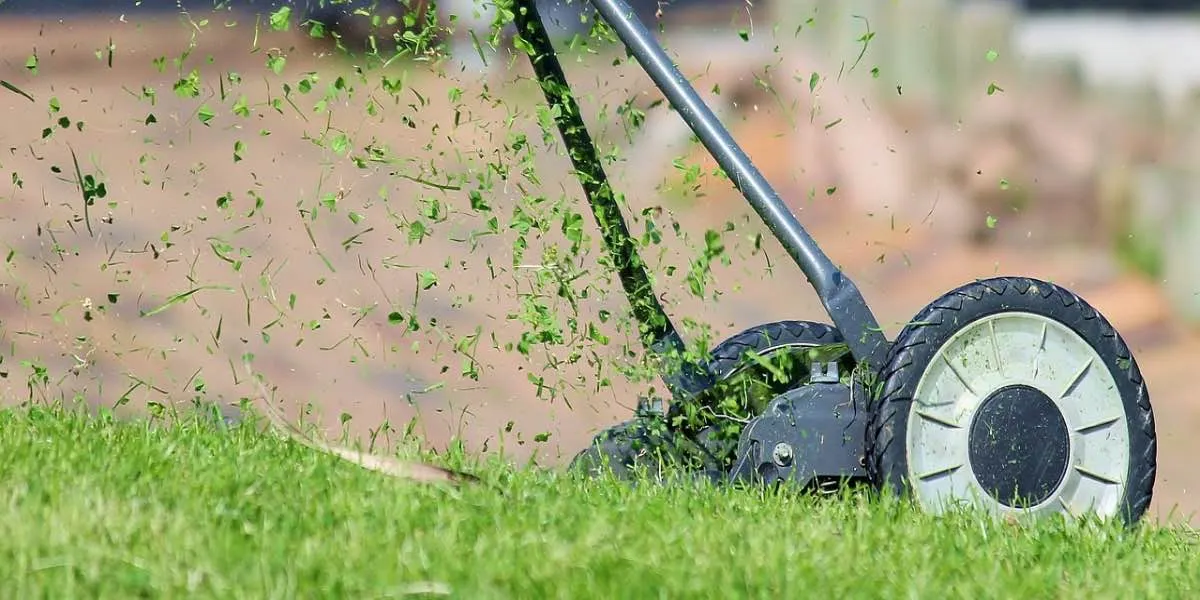Signs of Blown Lawn Mower Head Gasket and Useful Repair Tips
Tools Official on May 2, 2024

We earn affiliate commissions at no extra cost to you.
One common problem encountered by mower owners is head gasket failure.
If you're reading this, you're probably having this issue right now and want to fix the problem soon.
In this article, we'll talk more than just head gasket troubleshooting, but also discuss what causes this to happen. This way, you are better equipped to tackle the problem and save money on repairs
But first,
What is a lawn mower head gasket?
A head gasket is a crucial component that seals the cylinder head and the engine block, separating the combustion chamber and coolant passages. It prevents the coolant and oil from mixing or leaking and contains the extreme pressures generated during combustion.
Head gaskets are made from durable materials like multi-layered steel to withstand the high temperatures and pressure of engine operation.
Over time, head gaskets can fail, either through normal wear and tear or neglect.
A blown lawn mower head gasket can lead to many problems, making it essential to know the signs and symptoms of a failing head gasket.
What are the signs of a head gasket mower failure?
Leaking oil
One of the primary indicators of a blown head gasket is an oil leak. Remember, one of the roles of the head gasket is to prevent oil and coolant from leaking. So if you notice oil pooling beneath your engine or see oil leak stains on various engine components, it's likely a sign of a deteriorating lawnmower head gasket.
Low pressure/Loss of power
A drop in engine compression due to a faulty head gasket can result in a lower power output. You may see your mower struggling to maintain its full power and speed, requiring more effort to cut grass. If you notice a significant power loss during mowing, inspect the head gasket for potential issues.
Smoke in the exhaust
Excessive smoke could indicate several engine problems, including a failing head gasket. Coolant can seep into the combustion chamber, leading to the formation of white or blue smoke. If you notice unusual smoke colors or increased smoke volume in your mower's exhaust, it's a sign that warrants immediate attention.
Overheating
A malfunctioning lawnmower head gasket can cause the engine's cooling system to fail, leading to overheating issues. As the coolant leaks from the gasket, the engine may struggle to maintain optimal operating temperatures. If your mower consistently overheats or experiences sudden temperature spikes, inspect the head gasket for potential leaks or blockages.
Combustion issues
Issues with the combustion process, such as misfires or stalling, can also point to head gasket failure. When coolant leaks into the combustion chamber, it can interfere with the process, causing erratic engine performance, rough idling, or difficulty in starting the lawnmower. If you notice any unusual engine behavior or related issues, you should investigate the condition of your head gasket.
Common Causes of Head Gasket Failures
Overheating
Overheating isn't only a sign of a blown head gasket, it can also be one of the culprits behind its failure. When the engine temperature rises excessively, it can cause the head gasket to warp and develop leaks, which compromises its ability to seal the combustion chamber.
To address this issue, ensure proper cooling system maintenance. Regularly check coolant levels, inspect for leaks, and clean debris from air vents. Additionally, avoid overworking the mower in extreme heat conditions and give it sufficient breaks during prolonged use.
Bad Gas
Low-quality or contaminated fuel can destroy your engine and damage the head gasket. Fuel impurities can lead to carbon buildup, which can result in hot spots and increased combustion chamber pressure. This puts excessive strain on the head gasket.
To prevent this, always use clean fuel and consider using a stabilizer to maintain fuel quality during storage periods. Also, regularly drain and clean the fuel tank.
Incorrect Ignition Timing
Timing is critical in any combustion engine. A lawnmower's engine is no exception. Incorrect ignition timing can cause the combustion process to occur at the wrong moment, leading to increased pressure within the chamber and damage to the head gasket.
If you suspect timing issues, consult your mower's manual for instructions on adjusting the ignition timing properly. Seek professional assistance if you're unsure how to repair it.
Wrongly placed head gasket
During maintenance or repairs, improper installation of the head gasket can contribute to failure. If the gasket is not positioned properly or if there are defects on the head gasket itself, it may not provide an adequate seal, leading to leaks and decreased engine performance.
When replacing the head gasket, always make sure it's properly aligned and follows torque specifications. Do not overtighten bolts as this can also damage the gasket and even surrounding parts.
Engine knock
If you ignore persistent engine knocking, it can put excessive strain on your head gasket and cause it to fail. To prevent this, address engine knock promptly by diagnosing and resolving issues such as incorrect fuel octane, carbon buildup, and improper ignition timing.
How to replace the head gasket
Replacing a head gasket is a task that can be tackled even without professional help with the right tools and know-how. Here's what you'll need.

Tools You’ll Need
- Socket wrench
- Torque wrench
- Gasket scraper or putty knife
- Replacement head gasket
Steps
Preparation
Before you begin repairing your gasket, make sure to gather all the things you need first. Then, turn off the mower. Don't start working until the engine has cooled down to prevent mishaps. Also, disconnect the spark plug wire and carburetor to avoid accidental starts.Parts removal
To get to the head gasket, you'll need to detach** several parts**, such as the muffler, valve cover, push rods, and air filter, depending on your mower's model. Afterward, start removing the bolts that are securing the cylinder head to the engine block using your socket wrench. Lift off the cylinder head and set it aside to reveal the gasket head.Clean-up
With your gasket scraper or putty knife, remove any residue from the cylinder head and engine block surfaces. It's crucial to have a clean, flat surface to work on as this will ensure the new gasket will seal properly. You can also use sandpaper to remove leftover dirt or grime.Installation
Once you've cleaned up your surface, place your new head gasket into the engine block. Align it correctly with the bolt holes. Also, make sure you are using the right model. If you don't know which one to buy, refer to your manual or bring your old gasket to the depot for reference.Reassembling
Carefully place everything back into place. Start by putting the cylinder head back onto the engine block, and aligning it with the head gasket and bolt holes. Gradually tighten the cylinder head bolts in a crisscross pattern to ensure even pressure distribution. Refer to your mower's manual for the torque specifications and sequence. Reattach the parts.Testing
Start the mower and let it run for a few minutes to ensure everything is functioning correctly. If all's good, congratulations! You've successfully replaced your head gasket and saved yourself money on professional repairs.
How do I prevent head gasket failure?
Now that you've successfully installed your new gasket head, how do you prevent it from failing again? Here are some tips to keep in mind.
- Practice routine maintenance. Regularly scheduled maintenance, including coolant checks, oil changes, and manual inspections, can help catch potential issues before they escalate.
- Use quality parts. When replacing head gaskets or any other part of your lawn mower, opt for high-quality OEM or aftermarket gaskets known for their durability and compatibility with your mower's engine.
- Monitor fluid levels. Keep a close eye on your coolant and engine oil levels, topping them up as needed to prevent overheating and ensure proper lubrication.
Wrapping up
Having a blown head gasket can be bothersome. Even more, if you don't know how to fix it and have to shell out a thousand bucks just to get it repaired.
Hopefully, this guide has helped you resolve your problem so you don't have to worry about any of this. Of course, if you feel like head gasket replacement is not up to your alley, don't hesitate to ask for professional help.
That's all, and happy mowing!

